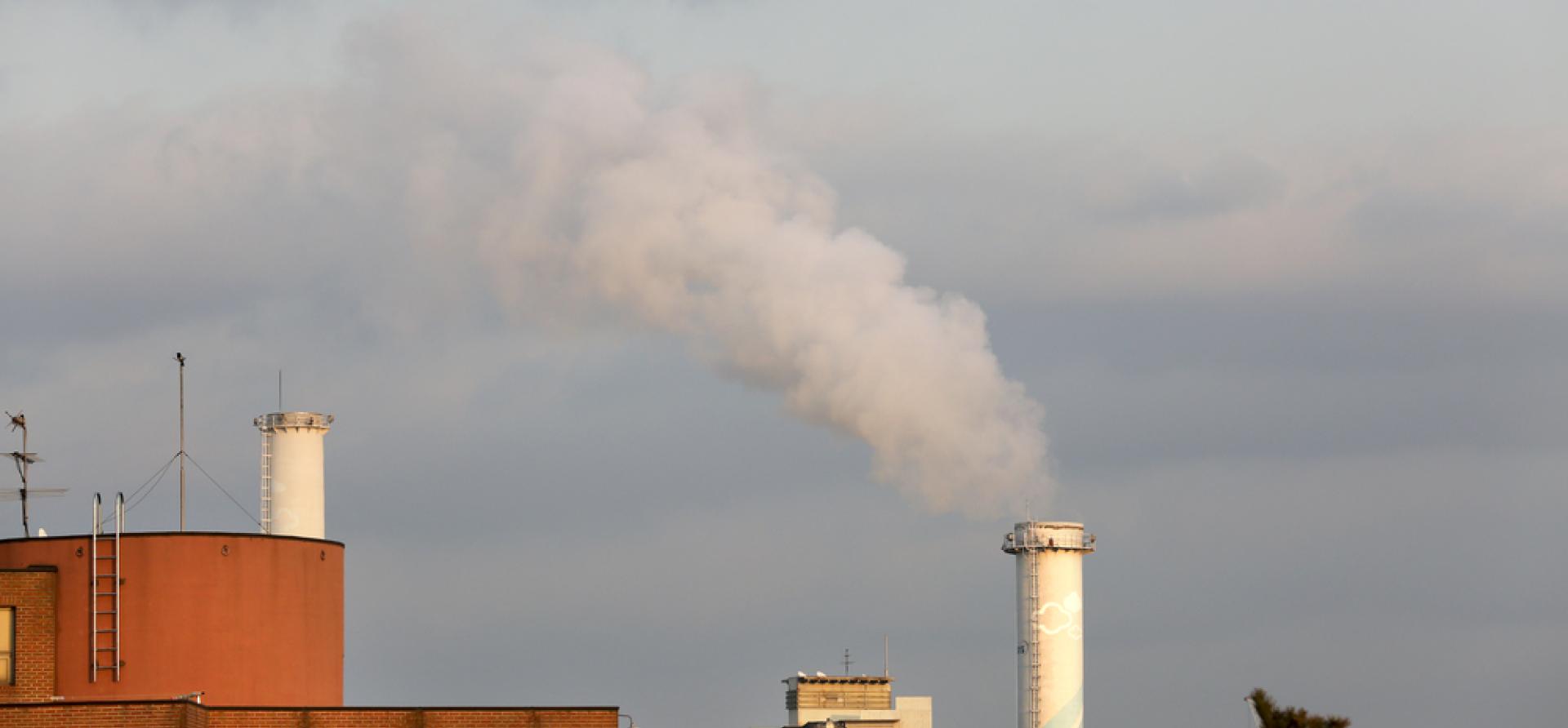
Key Findings
The Korea Electric Power Corporation (KEPCO) is heavily reliant on fossil fuels as renewable energy makes up only 2.4% of total capacity, so losses due to high fossil fuel prices and limited tariff hikes led the Chief Executive to resign in May.
For the first quarter of 2023, IEEFA estimates that KEPCO’s profit margin per tonne of coal used for power was 9.0%.
IEEFA also estimates that over the same quarter, KEPCO’s loss margin per tonne of liquefied natural gas (LNG) was 94.6%.
KEPCO had a power generation capacity of 39% coal and 22% LNG in 2022, producing an overall loss margin of 46%; this margin was reduced to 31% in the first quarter of 2023 after the firm boosted nuclear generation to cut losses.
Executive Summary
In May this year, state-owned South Korean electricity provider Korea Electric Power Corporation (KEPCO) saw the resignation of its Chief Executive Officer (CEO), Cheong Seung-il, following the company’s eighth consecutive quarterly operating loss.
He had been in office for less than three years, whereas unsound investment decisions of the company had lasted for decades, as discussed in the Institute for Energy Economics and Financial Analysis’ (IEEFA) KEPCO report in October 2022.
It is unlikely that the CEO’s departure would resolve the fundamental issue of weak governance. KEPCO has limited strategic direction, as IEEFA will show in this report.
Operating losses last year totaled ₩32.6 trillion (US$24.4 billion) from a combination of high fossil fuel prices and a lack of legislative support for tariff increases. In the first quarter of this year, the operating loss was ₩6.2 trillion (US$4.8 billion).
What it comes down to is a fossil fuel problem. KEPCO has 39% of total power capacity anchored in coal, and 22% in liquefied natural gas (LNG), while renewable energy makes up only 2.4%, or 2.5 gigawatts.
According to IEEFA calculations, KEPCO is sustaining losses at current LNG prices. Although LNG spot prices fell in May, their lower levels will take two to three months to flow through to the company. This makes LNG a financially unviable resource until the third quarter at least — and probably after that as well, given the absence of any planned diversification from the fossil fuel generation mix coupled with the highly uncertain current forecast of LNG prices. No financial relief is in sight as fossil fuel prices are unlikely to come down anytime soon.
The need is real for KEPCO to diversify into renewable energy sources to mitigate the impact of elevated fossil fuel prices.
In fact, KEPCO used nuclear power in the first quarter of 2023 to reduce financial losses, in the process lowering coal generation to 39% from last year’s 40%. The move was consistent with the Group of Seven (G7) pledge to lessen energy usage powered by coal.
In the first quarter of this year, KEPCO maintained coal generation at 39% and boosted nuclear generation to 45% from last year’s 42%. This, however, implies that the usage rate of its nuclear plants exceeded 80%, compared to below 30% for Japan.
There are three strategies that might ease KEPCO’s financial problems in fossil fuels; however, in reality the room for maneuver is limited:
- Increase power tariffs. This is unworkable in the short term as the government in March delayed a proposed rise for the second quarter on inflationary concerns.
- Use more renewables. KEPCO needs both time and funds in order to increase renewable energy, but our October 2022 report has shown that its financial position is not strong.
- Receive government liquidity support. The supply of public money should be combined with a clear road map to switch from fossil fuels and to manage their price risk.
Of the three options above, government intervention is the only way out in practice. KEPCO’s earnings have deteriorated over the last decade due to the dominance of fossil fuels in its generation mix. In IEEFA’s view, any upcoming government support or reform of the power market system for KEPCO should be accompanied by an immediate, material and enforceable pivot to renewable energy and a significant cost-cutting exercise that phases out substantial fossil fuels.















